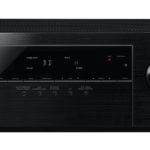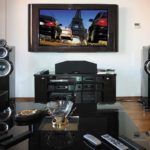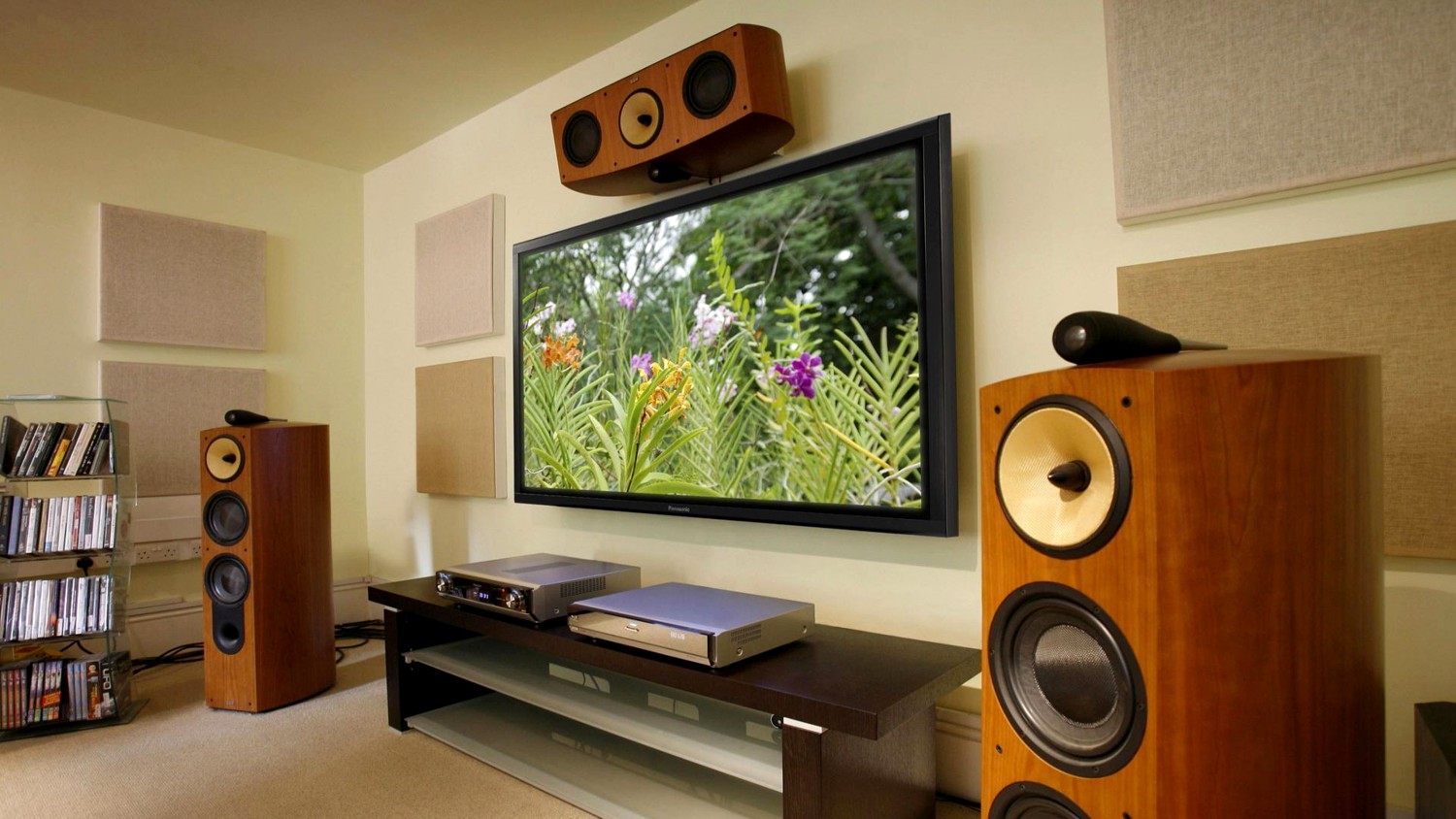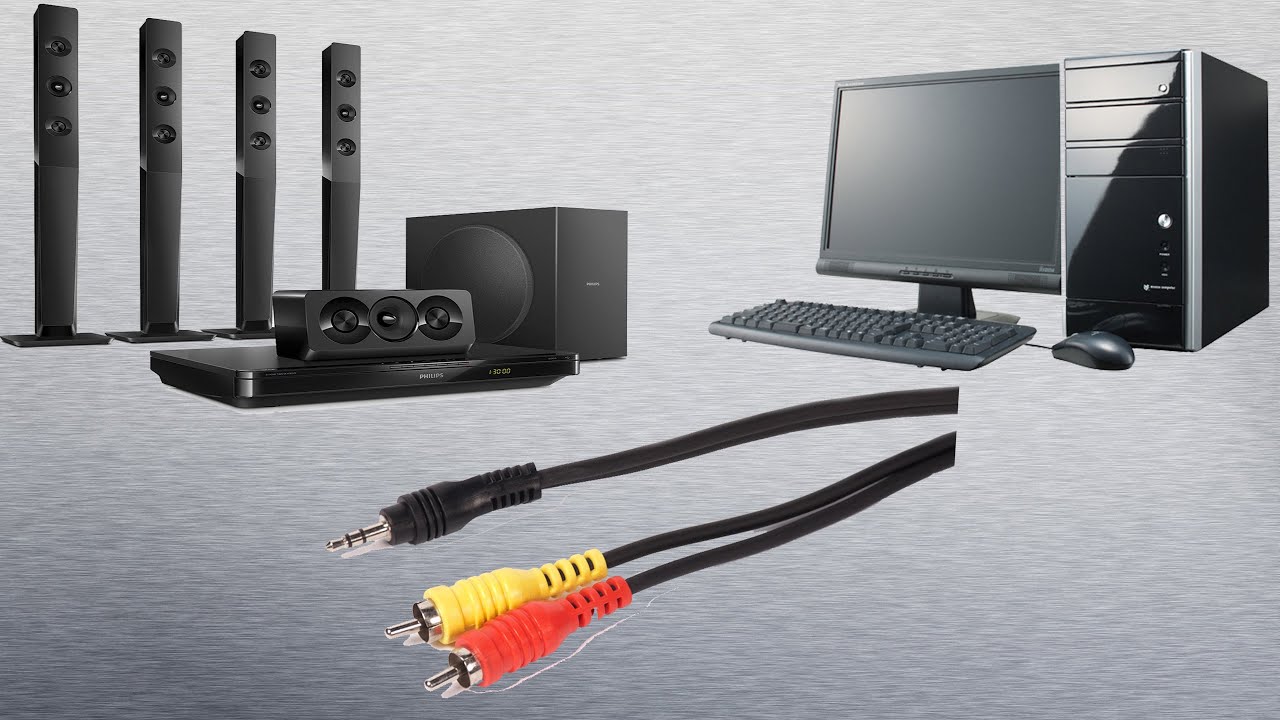Choosing a subwoofer for home theater
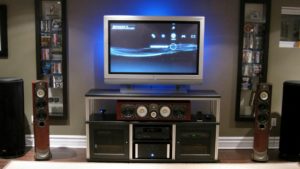 High-quality sound is simply necessary for complete immersion in the atmosphere of the film. That is why many consider a subwoofer to be an essential component of a good home theater. We are talking not only about enhancing the sound of low frequencies, but also about many other positive qualities of the subwoofer. This article will discuss how to choose the right subwoofer for your home theater.
High-quality sound is simply necessary for complete immersion in the atmosphere of the film. That is why many consider a subwoofer to be an essential component of a good home theater. We are talking not only about enhancing the sound of low frequencies, but also about many other positive qualities of the subwoofer. This article will discuss how to choose the right subwoofer for your home theater.
The content of the article
What is a subwoofer for?
Most home theater systems have subwoofer channels built into their design. By connecting the device to the system, you can:
- expand the available low frequency range;
- remove excessive load from the system in the mid and high frequency range;
- make the sound brighter, more detailed;
- give volume to the sound.
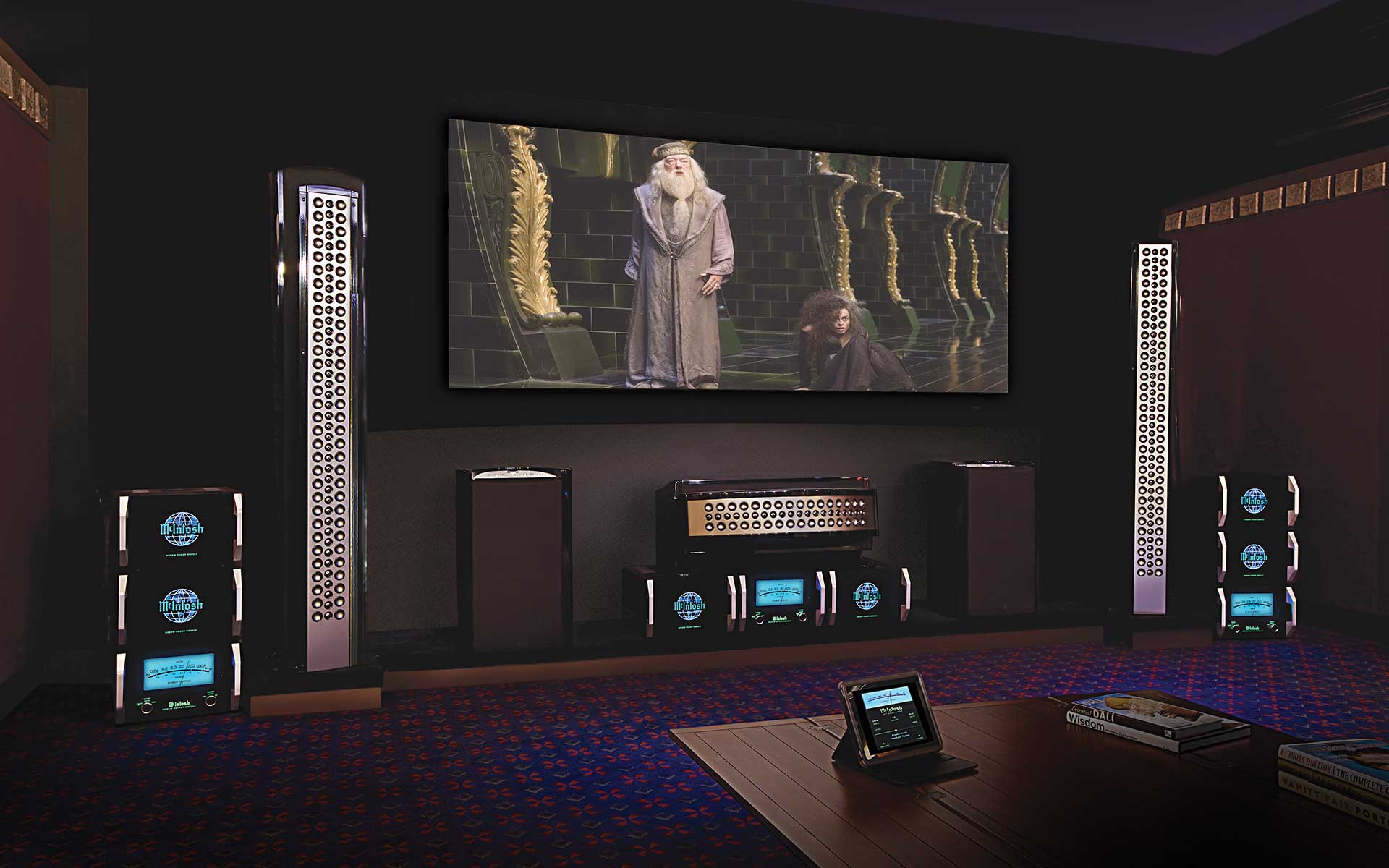
REFERENCE! Home theaters are often equipped with this type of speaker system in cases where it is necessary to “help” an old system that cannot cope with the transmission of surround and high-quality sound. Upgrading a working system in this way will be much cheaper than completely updating it, and the result will be the same.
Criteria for choosing a subwoofer for a home theater
Experts identify just a few basic criteria that you should rely on when choosing a subwoofer. Among them:
- characteristics of the main speakers;
- room size;
- manufacturer.
The main parameter that should be taken into account when choosing the type of subwoofer for a home theater is, of course, the potential of its main speakers. If we are talking about speakers with a frequency of about 60–70 Hertz, then the choice for the user remains wide, since virtually any, even a relatively inexpensive subwoofer model from a not very famous manufacturer, is quite suitable for such speakers. The main thing is not to chase an excessively low price and pay attention to quality.
If the speakers can “go down” to about 30 Hertz, then the corresponding “sub” should be selected for them. In this case, the device will have to lower the lower cutoff frequency by about one octave, which is not possible for every device.
As for the size of the room, everything is quite simple: the power of the device should be greater, the larger the approximate cubic capacity of the room.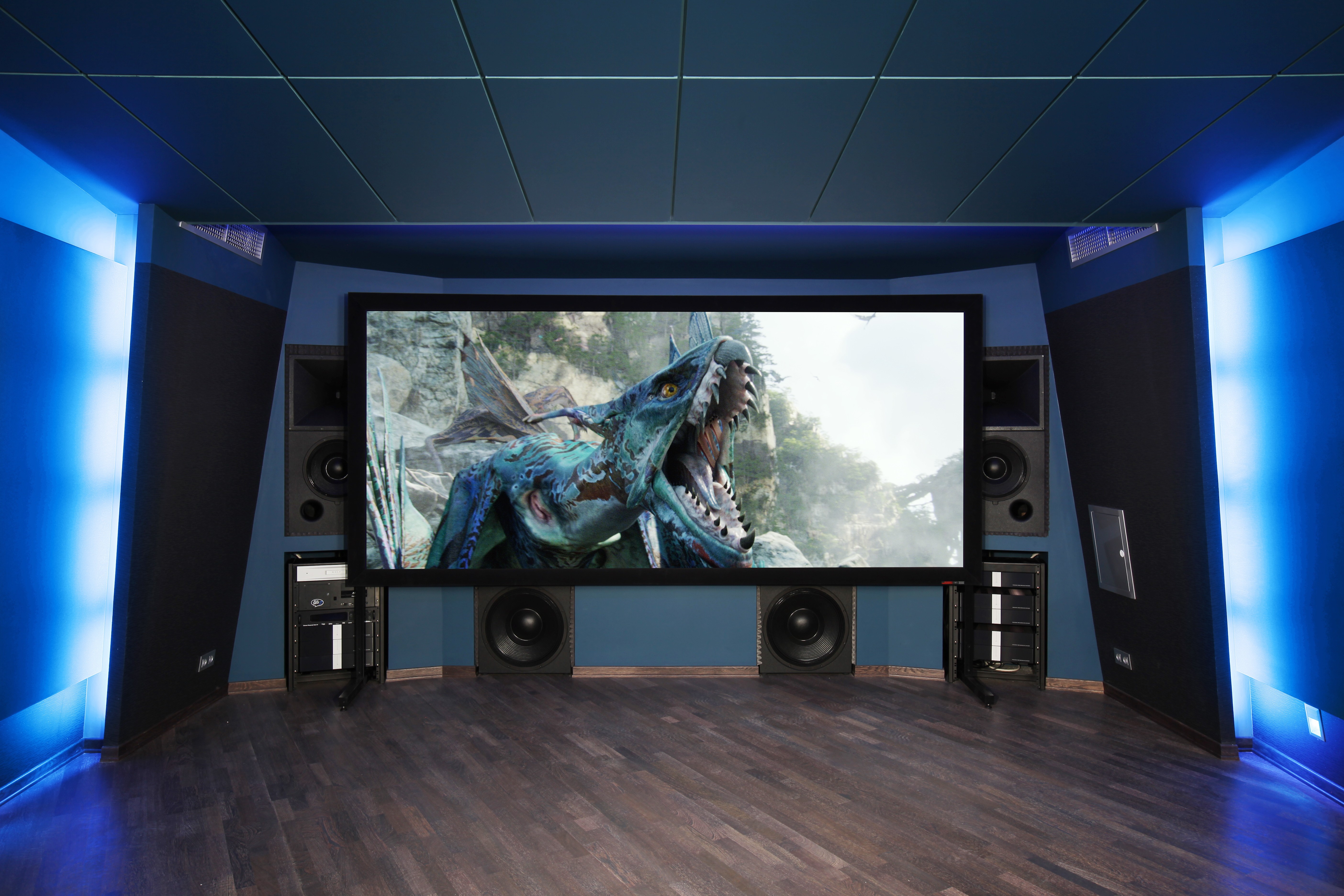
REFERENCE! The choice of location for the device is determined “by ear”, however, when placing the “sub” in one place or another, you need to rely on the principle of symmetrical arrangement of the elements of the speaker system.
The manufacturer is also important when choosing. Fans of the so-called mono-brand approaches quite reasonably argue that the system will work really well only when all its elements are developed and produced by one manufacturer. On the other hand, there are many cases where it was possible to achieve excellent sound using a non-native subwoofer.
Types of subwoofers
The speaker market today provides customers with several types of subwoofers. Their most popular types are:
- Closed.
- Bass reflex.
- Stripes.
The speakers of closed-type devices are located in a closed housing. Experts include the positive aspects of this design as small size, simplicity of design, excellent pulse parameters, lack of leakage through the output surfaces, as well as rich and deep low frequencies.
The bass reflex type of devices implies the presence of a special hole in the housing. The sound from such a device is usually louder and more powerful, but its advantages include not only greater power, but also excellent performance due to the tandem operation of the port and the bass reflex speaker.
As for bandpass systems, they usually consist of two parts: a bass reflex and a blind reservoir. The sound pressure in the device is quite high, which affects the frequency range, narrowing it somewhat. Often these types of subwoofers are placed in a closed enclosure with an acoustic filter. The undoubted advantages of strip devices include:
- high sound pressure;
- proportional relationship between sensitivity and bandwidth;
- small speaker stroke;
- minimal diffuser vibrations.
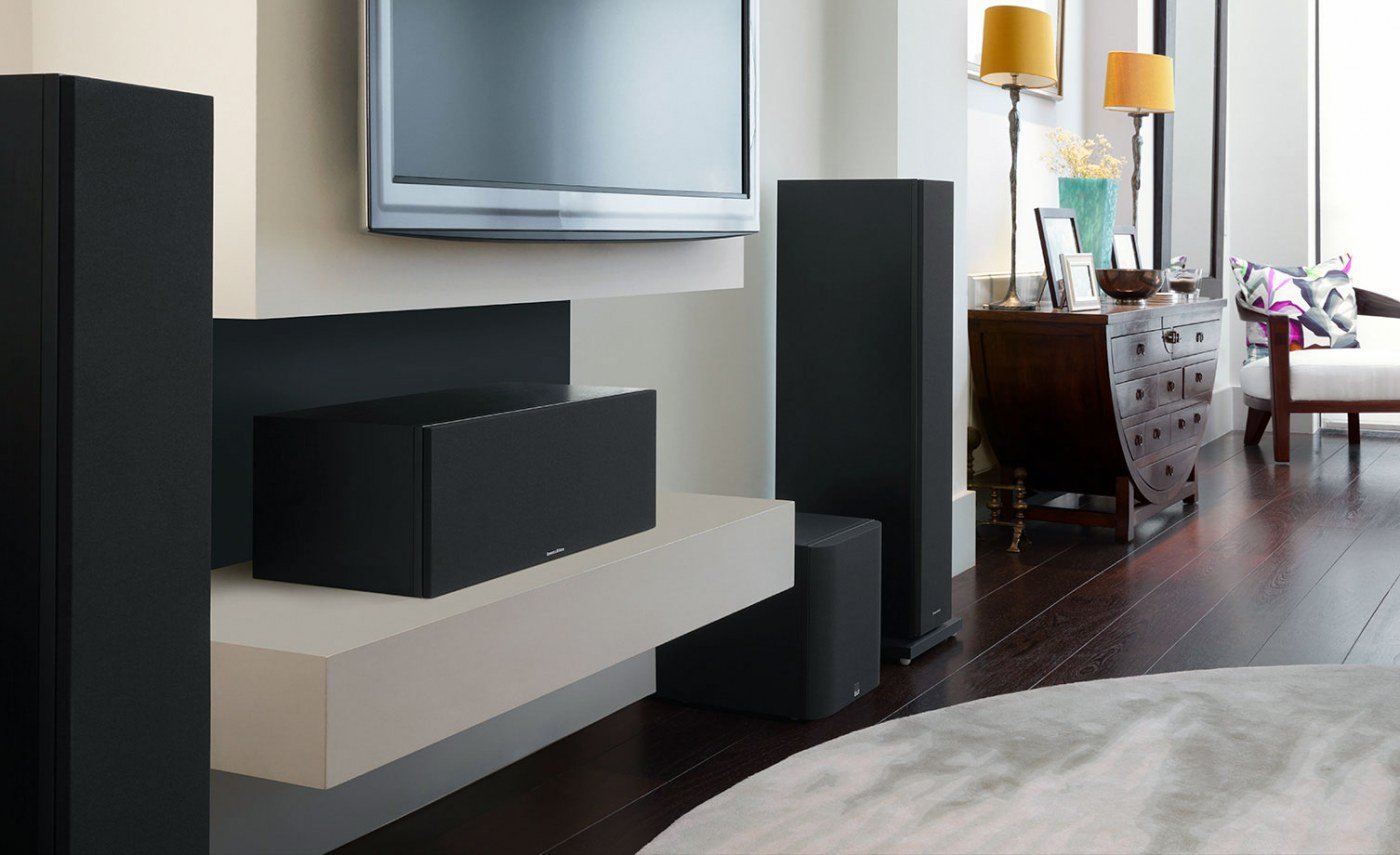
REFERENCE! Strip systems are quite cumbersome and are unlikely to be suitable for rooms in which every centimeter of free space already counts.
How to choose a subwoofer
Another important criterion when purchasing a subwoofer for a home theater may be the choice between an active or passive type of device. In order to do everything correctly, it is necessary to take into account the following system features:
- Better sound quality of active systems means a higher price for them.
- Passive subwoofers require a lot of space to install the amplifier.
- Active subs are easier to use.
- Passive systems have a denser and more spacious sound, while active systems have a smoother sound.
In addition, active systems have greater customization capabilities and are more practical to install. Installing an active subwoofer allows you not only to “add bass”, but also to improve the sound throughout the entire audio range, although it will cost a little more than a passive one. The final choice depends not only on the characteristics of a particular model or system, but also on the financial capabilities of the buyer.

